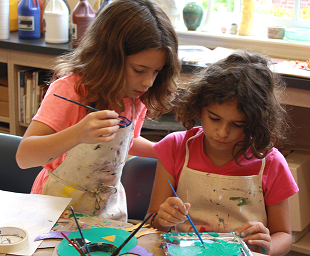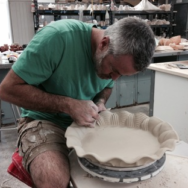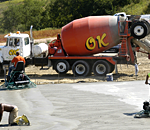
The clay connects us directly with the primal. Its main element, the earth, has the millennial age of the planet and gives it its name. The act of shaping, pinching the dough or making “rolls” is almost instinctive. It arises naturally in early childhood. It is a playful impulse that helps develop fine motor skills and leads us to discover how a little flexible material can take the shape that our will and ingenuity dictate. With the clay workshop singapore you can find the perfection now.
That naturalness may be given because the clay bowl is like the brother of the stone axe: both are among the first utensils that humanity introduced to its daily life during the Neolithic period. But long before, between 29,000-25,000 years before our era, there were already small sculptures that represented female deities and worshipped fertility.
In America, the legacy of ceremonial, musical, funerary and home-use objects made of clay is enormous, which protect an important part of the imaginary, customs and worldview of pre-Columbian past.
Although this link has been weakened by the manufacture and consumption of serial objects and the predominance of materials such as plastic, nowadays there are not a few people who have reconnected with trades such as pottery and carpentry, weaving and cooking, and they revive the tradition of passing knowledge from master to apprentice.
Tableware as a ritual object
Miguel Ortiz is a social communicator with a mention in Pedagogy Development. His job was going well, but the pace of work and commuting became exhausting. Therefore, he decided to return to the trade he had practised since childhood and opened a ceramic workshop with his savings. Thus was born Taza de Casa. The dedication and concentration required by ceramics help a lot to organize ideas and clarify feelings.
Miguel’s first encounters with the potter’s wheel were frustrating. His teachers were potters of another generation who dedicated their entire lives to the trade, very demanding. That is why he designed a teaching method composed of very elementary exercises to guide and accompany anyone so that they are able to handle the basic technique.
For Miguel, the magic of creating objects is that from the moment you pinch the ball of clay, you are seeing more or less its shape. It is a creation in real-time. However, working with ceramics always requires patience. After the modelling and retouching of the piece, the process takes approximately 8 or 10 days between drying, baking and enamelling. And you never have a guarantee of the final result. There are factors that cannot be controlled.

Frustration is proportional to how much capacity you have to accept what the material, the workshop and you are giving you. You have two options: get hooked on achieving a goal that exists only in your head or settles for the best outcome that nature gives you. We must remember that in the end, we are working with rocks, says Miguel.
A form of catharsis
The dedication and concentration required by ceramics help a lot to organize ideas and clarify feelings. It is valuable for young people to discover that they are creative, that they can decide what to do and that they can use clay to remove fear or anger.
What does it take to get started?
Not even two hands are essential: people with physical limitations are capable of mastering the technique. It only requires disposition, will and a little free time.



